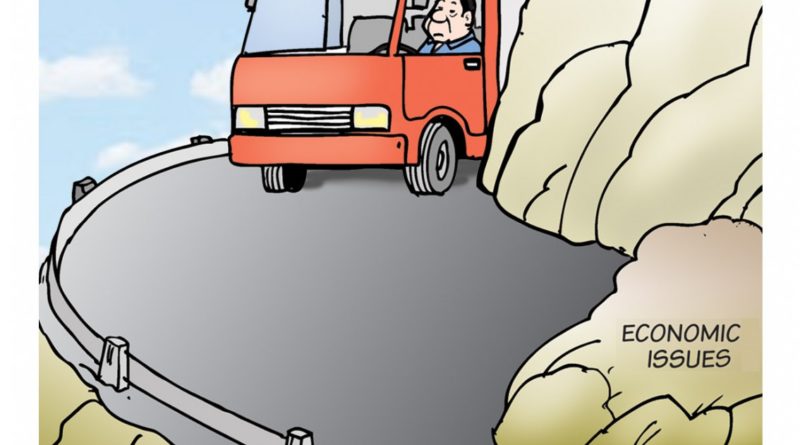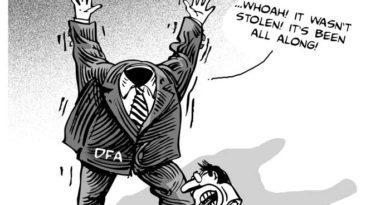OP ED EDITORIAL & CARTOONS: MANILA – Economic realities of federalism
The idealism of federalism, a political initiative being pushed by the administration, may yet be held back by economic realities.
Federalism has long been proposed by some political leaders as a solution to the unequal development of the country, blamed by some on the dominance of the National Capital Region. It was strongly pushed by former Sen. Aquilino “Nene” Pimentel Jr. in his time, through his PDP-Laban. It gained powerful support with the election of President Duterte who saw it as a way to enhance the development of Mindanao, especially the Moro region.
The President has already succeeded in getting Congress to approve the law creating the Bangsamoro Autonomous Region of Muslim Mindanao (BARMM) and now seeks to follow it up with the establishment of a federal system of 18 autonomous regions through a new constitution.
There is opposition to breaking up the country into 18 regions, many of which may not be able to keep up with the established economic strengths of the three central regions of Metro Manila, Central Luzon, and Southern Tagalog. A big question raised early was where to get the funding for a new layer of government bureaucracy. We already have national, provincial, city and town, and barangay sets of officials with their respective offices and agencies. With the proposed federal system, we will have another layer of regional officials and agencies which all have to be provided with government funds.
A new economic issue has now arisen with questions raised by Secretary of Finance Carlos Dominguez III, the administration’s top economic manager, who fears a “fiscal nightmare” if federalism as presented in the draft constitution prepared by the Malacañang-backed Consultative Committee becomes reality. Huge funding is needed for payment of the National Debt, for the Armed Forces, for Foreign Affairs, for the Central Bank. With the planned 50-50 division of government income between the federal and regional governments, who will fund these major expenses?
Socioeconnomic Planning Secretary Ernesto Pernia was equally outspoken. “Expenditure will be immense if we go to federalism,” he said. The ratio of the Fiscal Deficit to the Gross Domestic Product (GDP) could easily jump to 6 percent or more, he warned, and “that’s really going to wreak havoc in terms of our fiscal situation.” It could result in a downgrade of the country’s credit ratings, he added.
Federalism remains a political ideal to many but now that two of the nation’s top economic officials have raised these questions, there appears to be an urgent need to review the proposal in its entirety, not just its political advantages.
The Consultative Committee created by Malananang may have come up with an excellent draft for a new constitution that would carry out the political, social, and cultural goals of its proponents, but not enough thought may have been given to the economic problems and implications. That could take considerably more time and effort but it will have to be done.
.
7.1. Cut recrimination – D. Tribune – Malasakit for every barangay
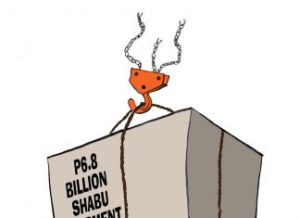

7.2. Manila Bulletin –Economic realities of federalism
7.3. The Manila Standard – The R word
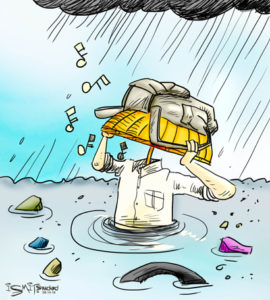
7.4. The Manila Times – LET’S BUILD A HIGHER WALL.



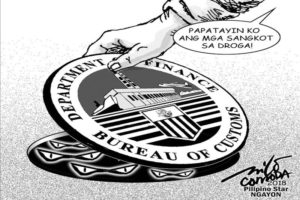
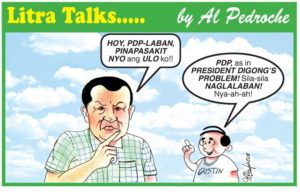
8.1. For The Straits Times – How Singapore’s investment in silicon photonics is paying off

 All photographs, news, editorials, opinions, information, data, others have been taken from the Internet ..aseanews.net | [email protected] |.For comments, Email to :D’Equalizer | [email protected] | Contributor
All photographs, news, editorials, opinions, information, data, others have been taken from the Internet ..aseanews.net | [email protected] |.For comments, Email to :D’Equalizer | [email protected] | Contributor
